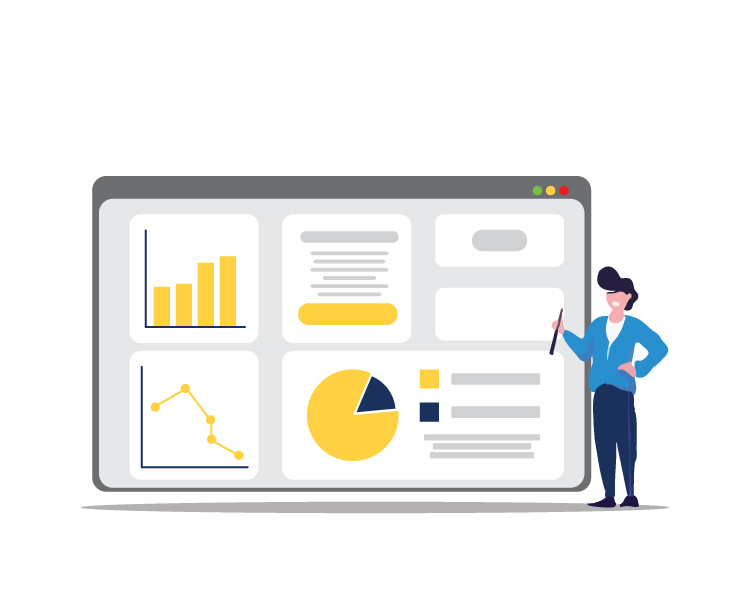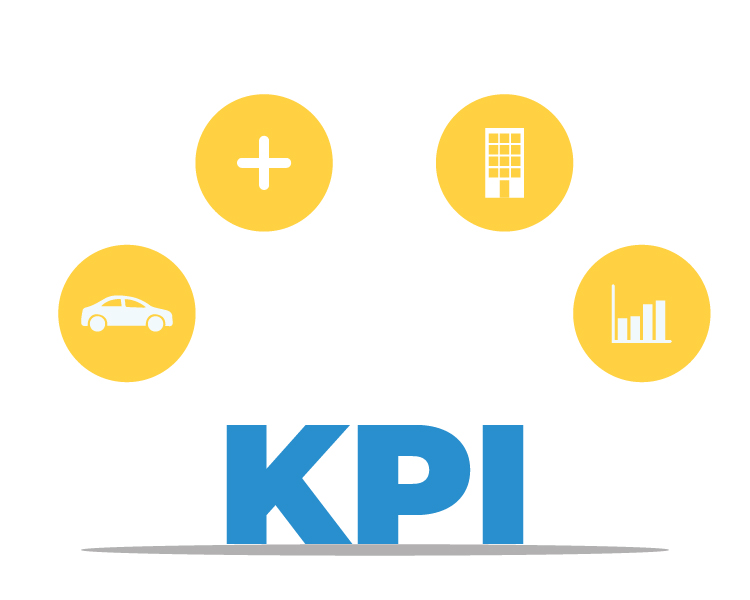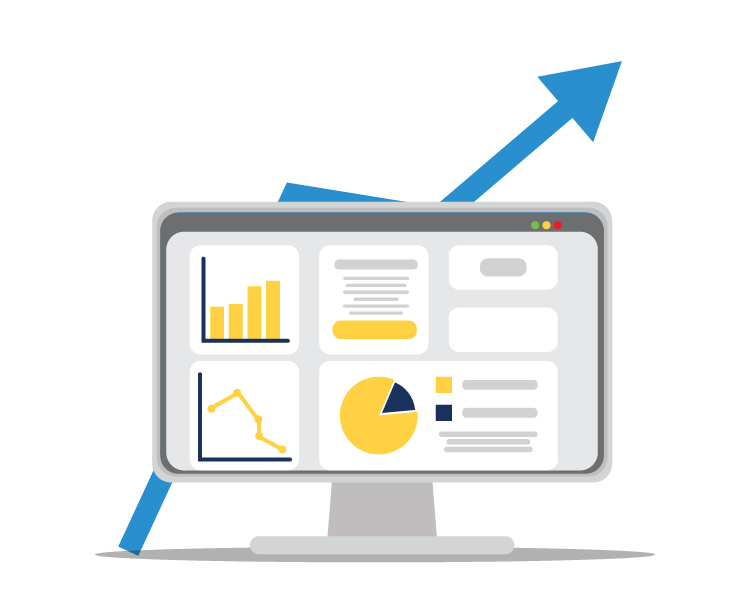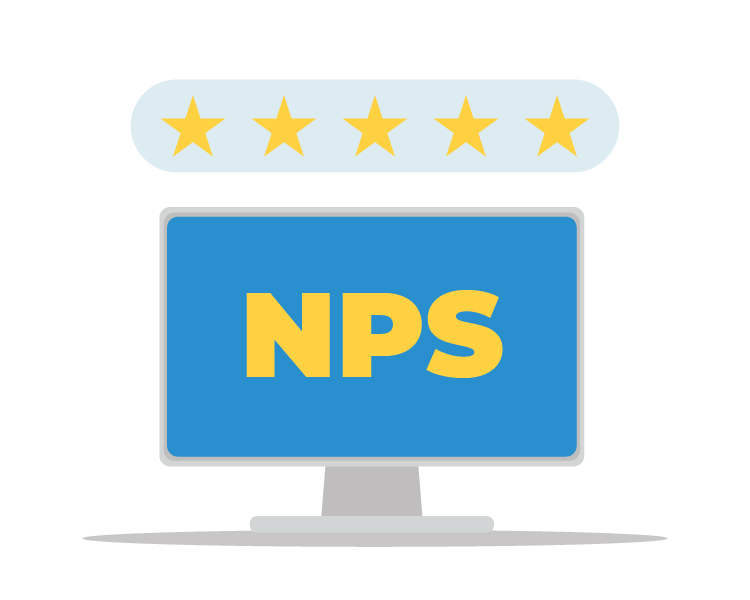When it comes to sales, managers often feel a bit blind because they find it difficult to keep tabs on their sales team and business operations.
Key performance indicators in sales help you to gain visibility by collecting and measuring both team and product performance.
However, it is important to choose KPIs that are relevant to your business and not focus on the wrong ones as they could cost your company.
In this guide, we have narrowed down a list of 15 KPIs that are important to manage the sales team.
What Are The Key Performance Indicators In Sales?

KPIs in sales are performance measurements used by sales teams to track the overall effectiveness of sales activities within a company.
By measuring these key performance indicators, you can optimize your sales performance, sales funnel, sales cycle length among others.
Key Performance Indicator Examples In Sales

Key Performance Indicators Car Sales
Car dealers use KPIs to track their performance which helps them make better business decisions.
They measure important KPIs like the number of sales generated, gross profit, inventory management among others.
These metrics also assist them to achieve their goals and help them gain higher operational efficiency.
Key Performance Indicators Pharmaceutical Sales
Sales representatives in pharmaceutical companies use KPIs to analyze their relationship management and district sales strategies and to make sure that they are getting the best results.
KPIs in pharmaceutical companies can be used to measure critical up-to-the-moment pipeline issues like drug and patient mortality rates, or they could something small like the cost of drug packaging over time.
Key Performance Indicators for B2B Sales
B2B sales team faces unique challenges, since the stakes are usually much higher, and closing the deal can be a more involved process.
High performing B2B sales team consistently measures important KPIs like total sales, sales from new business, net profit margin, and others to measure the health of their business.
This also helps them to perform better and improve productivity.
Key Performance Indicators for Inside Sales
Inside Sales requires much more when it comes to measuring performance than field sales.
KPI’s help you to measure and guide around every step of the sales process.
With these metrics, you can improve decision-making for sales reps like where they spend time and help you step towards revenue targets.
15 Sales Key Performance Indicators
Let’s review the key performance indicators in sales that your organization should be tracking.
1. New Leads/Opportunities

Are your sales reps reaching their quota? Is this quota high or low? How are they contributing to the expansion of business in their territory?
Getting new leads and converting them into opportunities is the main task of every sales team.
This key performance indicator for the sales team is most consistently monitored to understand how sales reps and sales processes are performing.
2. Average Lead Response Time

How long does your sales rep take to respond once a lead is generated?
According to the Harvard Business Review study, on average companies respond to a lead within 42 hours, if they respond at all.
Since every minute matters in sales, you need to track the average amount of time taken by your sales reps to respond to leads, so you can understand how to improve.
3. Opportunities by Lead Source

A lead when shows an interest in buying your products or services or expresses a pain point that can be solved with your product or service, then that lead is converted into an opportunity.
Now this conversion happens after lead nurturing and is pretty low. In fact, it is as low as 10 to 15% when it comes to B2B sales.
So, find out which lead sources are bringing in leads that drive opportunity and focus on them.
4. Customer Acquisition Cost

CAC or Customer Acquisition Cost is measuring all costs incurred in signing up a customer.
From staff salaries, marketing to sales costs, add up everything. It is recommended that you recover your CAC with a year of your customer’s subscription, to avoid burning through all your capital.
5. Sales Volume by Location

Your business probably has multiple points of sales, like physical offices or stores at a different location or online store.
With this metric, you can find where demand for your product is highest and where it is lowest and then make a plan to tackle it.
6. Lead to Opportunity Ratio

Are you receiving quality leads from your campaigns? Now, every new lead in your sales funnel is an unqualified lead at the beginning. It has to meet certain qualification requirements to be considered a qualified lead.
With the lead-to-opportunity ratio, you understand the number of leads you need so that you can stay on track with your revenue goals.
It helps you understand what is working and what isn’t. A great idea to get quality leads is to implement missed call marketing, wherein you can collect only those links who are interested in your products or services.
Are your sales team pursuing leads who have a high purchase intent? Check out our lead scoring guide on how to leverage data to find qualified leads and make it easier for your sales rep to follow up leads with a higher score determined by the attributes you set.
7. Competitor Pricing

What prices are your competitors offering? Knowing this is important to create a competitive strategy.
This lets you create a price-matching strategy so that your customers get the lowest prices and you can get the most sales.
By keeping track of your prices, you can also measure the impact of cutting your prices.
8. Marketing Qualified Leads (MQL) to Sales Qualified Leads (SQL) Conversion Rate

Marketing qualified leads means that these leads have expressed interest in your product or service, and Sales qualified leads mean they are qualified by the sales team to talk to a sales rep.
But, why do you need these key performance indicators for sales and marketing?
Because this metric defines how many marketing qualified leads are converted to sales qualified leads.
Hence, you can determine the quality of leads brought by marketing efforts like email marketing campaigns, promotional SMS services etc.
If you are ready to dive deeper, check out guide on Marketing Key Performance Indicators that you should track to measure your company’s performance and hone in on the metrics that matter the most for your business.
9. Existing Client Engagement

Great after-sale services are significant to ensure long-term business. Maintaining good rapport and keeping in touch with clients can benefit your business’s strategic goals by improving sales.
But how can you measure client engagement? To get this metric, ask your sales reps to record the interactions they have with each client. This could be done with an integrated lead management system CRM like Teleduce.
Now compare the number of touches to the average length of a client relationship. It’s tricky, but try to find out how your sales rep solves client’s issues or what kind of interactions takes place.
10. Employee Satisfaction

According to 2018 survey by Marc Wayshak, just 17.6% of employees rate their job satisfaction as “outstanding”, while 47.1% rated their jobs as just “good.”
And when it comes to sales, your sales reps can sometimes run out of steam and you certainly want them motivated. Offering incentives such as bonuses or rewards like tailored photo books for top performers can also reignite their enthusiasm and drive for success.
However, employee satisfaction can be difficult to quantify, so ask each employee to rank their job satisfaction on a numeric scale. Include a few qualifying questions too.
These key performance indicators for sales representatives will help you understand what’s making them happy or unhappy and how you can retain them.
11. Upsell/Cross-Sell Rates

Upselling and cross-selling tactics by using email marketing or SMS reminders are a great way to increase your return on investment in the long run.
Now upselling is to encourage customers to buy relevant experience products and cross-selling is to encourage them to additional related products or services.
You can even integrate your campaigns with IVR services and provide information about new products and services to customers.
12. Net Promoter Score (NPS)

Will your customers recommend your product/service to someone else? This metric is all about measuring this.
It is usually measured by conducting surveys that have numerical rankings. If they like you they will rank you 9-20, meaning they also won’t hesitate to recommend you to friends.
Rank 7-8 means they are satisfied, but they feel your product/service is the status quo. And 0-6 means they really don’t like you. Make sure to send NPS regularly but not too early to new customers.
13. Average Sales Cycle Length

Is it possible to shorten your sales cycle? Because the shorter the time each lead spends in each stage of the sales funnel, the better.
To measure this metric, you can analyze individual reps cycles at different stages.
This metric will not only help you track individual rep’s progress over time, but also alert you when your staff could need extra training and goal setting.
14. Sales Pipeline Velocity

How long does it take your prospect to close the deal? This metric measures how long a prospect takes to go through every sale funnel and get converted.
This is important because the longer it takes your leads to move through the sales process, the more likely you will lose them.
So, access the metric and optimize your sales process to retain more prospects.
15. Customer Churn Rate

How many customers do you lose every month?
This metric reflects the number of customers who have stopped using your company’s products or services from a defined period of time.
It helps you plan customer retention strategies and what kind of trends you need to cope with.
5 B2B Sales Key Performance Indicators
B2B sales KPIs are a set of qualitative and quantitative indicators that reflect the performance of the sales team.
This list of b2b sales KPIs includes key information such as sales productivity, average response time and CPA, etc.,
Sales Productivity Metrics
The first step is to understand the metrics that will be most important to your company. These metrics will vary depending on the size of your company and industry.
For example, a large company in the retail industry might focus on sales per employee or total sales per year. A smaller company in the healthcare industry might focus on patient satisfaction scores or the number of patients seen per day.
In order to optimize productivity, it is important to have a clear understanding of what metrics are most important for your business. This process can be done through interviews with your employees and by analyzing data from previous years.
Lead-to-opportunity Ratio
The lead-to-opportunity ratio is the number of leads generated by a company divided by the total sales opportunities that it has. The higher the lead-to-opportunity ratio, the better a company is at generating leads.
Leads are generated when people have questions about your product or service and engage with you on social media platforms like Facebook and Instagram. Opportunities are when you have an opportunity to interact with someone in person, such as speaking at a conference or doing an interview.
A high lead-to-opportunity ratio means that you are able to generate leads at a higher rate than opportunities. This means that your company is getting more sales from its existing customers than from new ones.
Average Lead Response Time
Average lead response time is the average time it takes to respond to a lead.
Lead response times are a measure of how long it takes for an agent to respond to a lead. This metric is usually used in the industry when analyzing how well an agency or company is doing in terms of generating leads.
Lead response times are often measured from the moment when a lead lands on an agent’s desk until they have closed that lead.
Average Lead Follow up Time
Lead tracking is the process of following up on leads to see how well your sales team is doing. This process can be tedious and time-consuming, but the results are invaluable. By using tools such as email tracking software and CRM software like Teleduce, you can see which leads took the most actions and make adjustments accordingly.
Total Cost of Customer Acquisition
The cost of customer acquisition is the monetary value of acquiring a new customer. It’s a metric used to measure the amount of money spent on acquiring new customers.
In the digital marketing world, it usually refers to the total amount spent on advertising and marketing activities that result in a sale or lead.
The cost of customer acquisition is an important metric for any business and can be broken down into three main components:
1) Marketing expenses – including advertising, SEO and PPC campaigns, website development costs, email marketing campaigns etc.;
2) Sales expenses – including commissions paid to salespeople and other sales staff, discounts offered to customers etc.;
3) Customer acquisition costs – including phone calls/emails sent out by salespeople/customer service staff; as well as any.
Conclusion
Tracking the right metrics regularly and implementing changes based on data accumulated can boost your sales.
It will also make it easier to recognize the trends and their significance, and you can also execute your analysis more quickly.
With key performance indicators in sales, you will find and improve your weak points and then work to improve results.
Track all the touchpoints with your customer, while using KPIs as a measurement benchmark with integrated sales and marketing CRM Teleduce.
Find all the important metrics in one place, increase productivity and witness the growth of your business.










